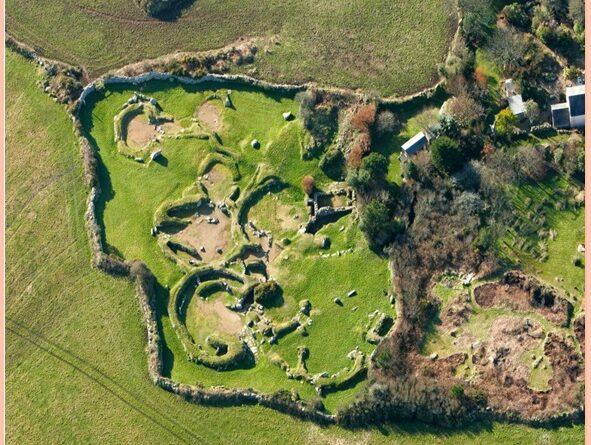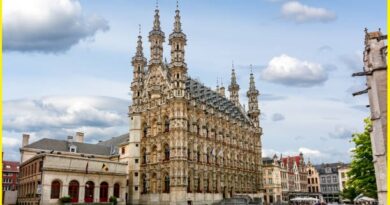Carn Euny, Cornwall: The Granite ruin with a mysterious tunnel
Carn Euny Cornwall
Carn Euny is a great important site near Sancreed on the Penwith peninsula in Cornwall, United Kingdom. The area has evidence of both the Iron Age and post-Iron Age settlement. Excavations on this site have revealed that Carn Euny was concerned with as early as the Neolithic period. It is a strange place, particularly when viewed from the air because we are usually seeing ruins in squares or rectangles, but the ancient man had no such brain to form Oval shaped structure. Carn Euny is a mystery, No one knows for what purpose it was made, but the construction reveals that it has great importance in ancient times.

The evidence shows that the first timber huts there were built about 200 BC, and by the 1st century BC, these had been replaced by stone huts. Carn Euny is best known for the well-preserved large fogou an underground passageway, which is more than 20 meters long.
Carn Euny Fogou
Carn Euny is one of the best-preserved Iron Age villages with nine visible hut foundations and a spectacular 20 m. fogou. The name ‘fogou’ derives from the Cornish ‘fogo’, meaning ‘cave’. Fogous are cave-like dry stone structures, open at both ends and similar to the ‘souterrains’ found in Scotland and northern Europe. The large and excellently-preserved fogou at Carn Euny is the most important structure on the site.
This fogou runs just below the surface of the ground and is roofed with massive stone slabs. The Structure has a side passage that leads to a round stone chamber with a collapsed roof, and a small tunnel that denotes a second entrance. The passage is from 5.5 to 6.5 feet high and 6-7 feet wide. It has walls of granite blocks, with slabs of granite laid across the passage to form a roof.
The exact purpose of these fogous is still a mystery, possibilities in constructed for storage, habitation, or ritual. The site was abandoned late in the Roman period. The fogou was built in three phases. The first phase occurred in the 5th century BCE with the building of the corbelled chamber and passage. The final phase of activity was in the 1st century AD.
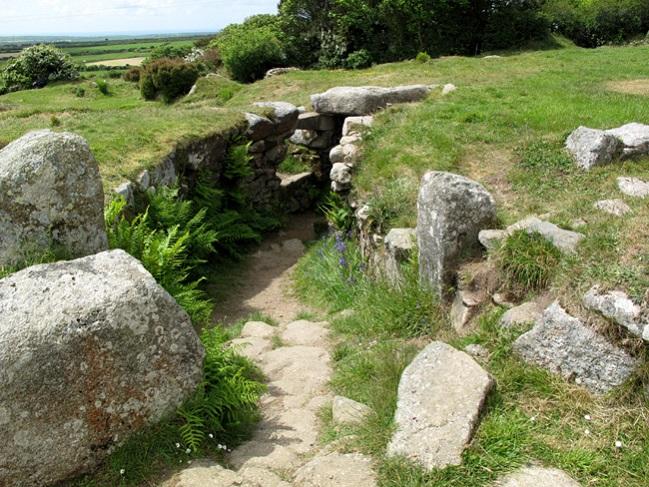
Ancient Village
The Carn Euny ancient village was discovered in the early 19th Century by geologists searching for tin deposits. Later the site was developed by a British archaeological department in view of historical importance. During the 1920s, Dr. Favell and Canon Taylor discovered the foundation walls of the houses with courtyards. Between 1964 and 1972, extensive excavations were carried out, in which nine hut foundations were discovered. The fogou and the circular chamber were investigated and restored.
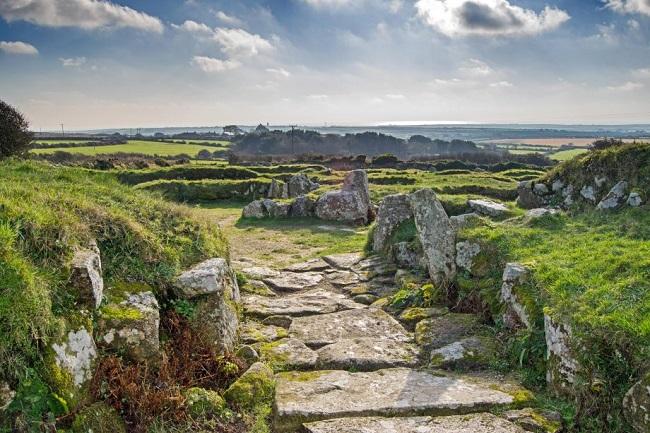
Carn Euny is a settlement of several dwelling houses of a type which is peculiar to West Penwith and known as ‘courtyard houses. They may vary in design but consist basically of a massive drystone wall forming an open courtyard of roughly oval shape, with a round or oval dwelling house.
Also, read- The Ouzoud Waterfalls-A wonderland in Morocco’s Arid desert
The excavations show that the site was a place of constant activity from the Neolithic period right up until the late Roman period when the village was abandoned. The site is built on the south slope of Carn Brane hill (Granite Hill), at the top of which is an Iron Age hillfort.
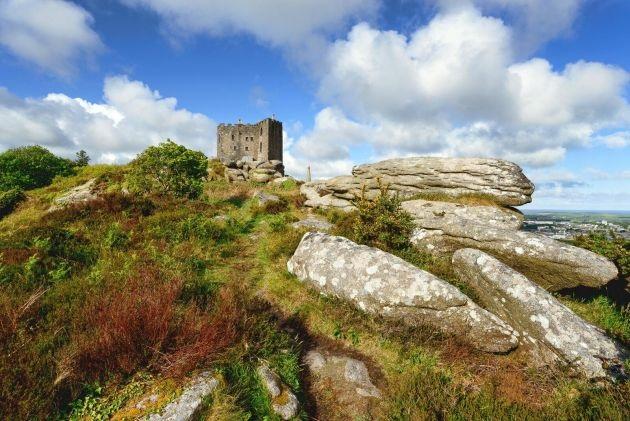
There are two types of Among items found when the site was excavated were quern stones, whet-stones, flint tools, an iron spearhead, and pottery. The main occupation of the people of Carn Euny was agriculture, livestock, trade, and perhaps tin mining. Carn Euny can be accessed at any time free of charge.
Carn Euny Well
Beside this ancient village site, there are a pair of holy wells. The easiest way to access the wells is to walk to the top left of the site facing uphill. An information board is established here. Stone steps going down into the earth, guarded by very large boulders and a modern iron grate to prevent anyone from slipping in well. The monument can be accessed by road with car parking at nearby Brane from where the site can be reached on foot via a public footpath.
